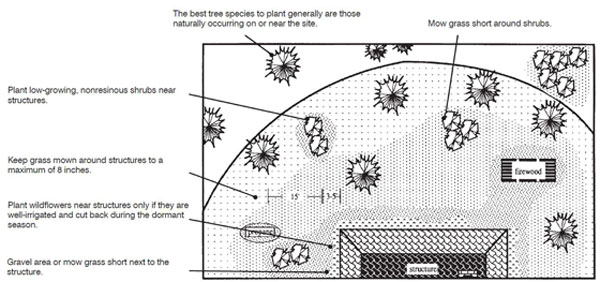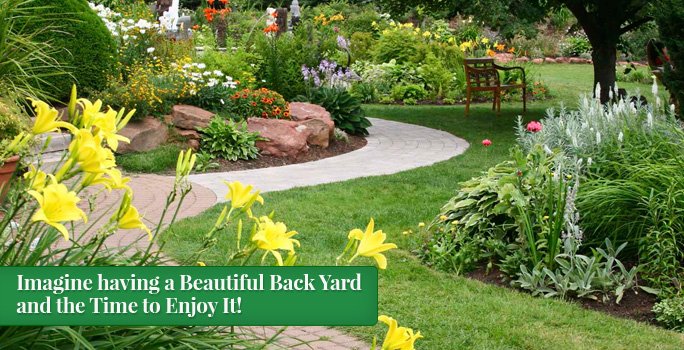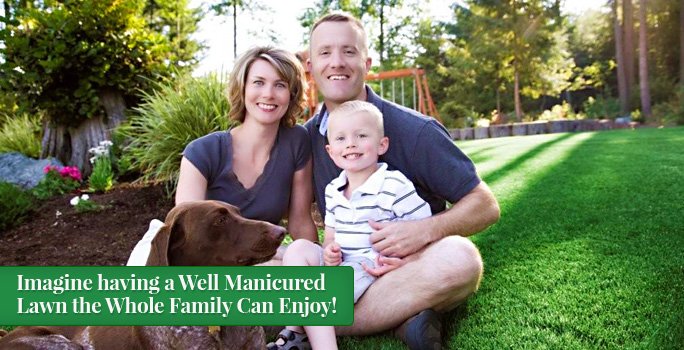
Credit: Colorado State University Extension – Fire-Resistant Landscaping – 6.303
Homeowners need to know how landscaping can help protect their homes.
Planting and maintaining a “defensible space” of a landscape is more difficult to ignite and can offer significant fire protection.
Steps to become more fire-wise with your landscapes:
- Avoid placing plants too close together.
Spacing plants apart from one another keeps the fire from traveling between them or “climbing” up smaller bushes into the more flammable branches of nearby trees.
- Remove flammable debris.
Dead trees, shrubs, and small plants growing close to or underneath larger trees will fuel a fire and should be removed.
Keep gutters clean, and make sure plants are well-watered.
Mow natural grasses and weeds to six inches or less within 30 feet of structures to prevent flames from traveling across a yard.
- Replace flammable landscaping with fire-resistant plants and mulch.
Incorporating perennials instead of low-moisture shrubs and using gravel instead of bark mulch can provide better fire barriers to a home.
Fire-resistant plants are high in moisture, have fewer leaves or needles, stay close to the ground, and do not require significant pruning and re-seeding following a fire. Pavers, concrete, and brick are best for patios.
Click “DO IT FOR ME” to request a FREE quote.

Source: customer-service@bestyard.com in collaboration with Associated Landscape Contractors of Colorado




















